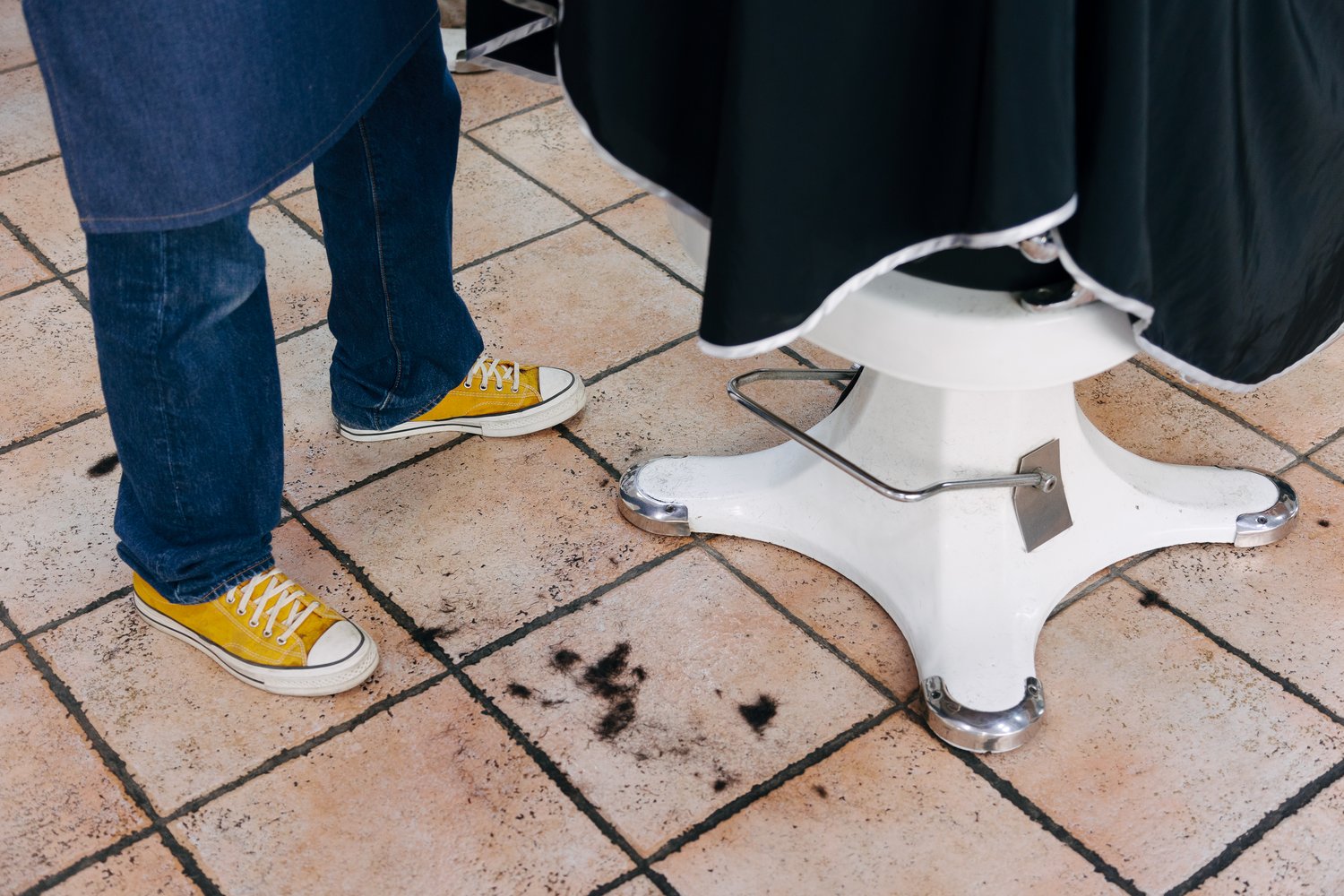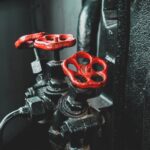When your trusty electric shoe dryer suddenly stops warming your boots, it can be more than just an inconvenience. The issue often lies within its heating elements or the timer, both crucial components that ensure your dryer operates smoothly. This article delves into the intricacies of these common problems and explores practical solutions to breathe new life into your shoe dryer.
- Discover the common culprits that cause electric shoe dryers to malfunction, from power issues to faulty heaters.
- Learn how to safely inspect and replace a defective heating element to rejuvenate your appliance.
- Understand the role of timers in drying cycles and how to address common timer-related issues.
- Implement simple maintenance tips that can help you avoid future breakdowns and extend the life of your shoe dryer.
By the end of this article, you’ll be equipped with the knowledge to tackle typical electric shoe dryer problems efficiently. Whether you’re a DIY enthusiast or know when to call in the experts, ensuring your appliance runs hassle-free will be within your grasp.
Diagnosing Problems: Electric Shoe Dryer Not Working? Common Causes and Solutions
When your electric shoe dryer is not working, it is crucial to diagnose the problem effectively. The most frequent causes of failure include power supply issues, heating element malfunctions, and faulty timers.
Start by ensuring that the power supply to the electric shoe dryer is uninterrupted. Check the plug, cord, and wall outlet for any visible signs of damage or looseness. A faulty connection may prevent the dryer from turning on altogether.
If the power supply is intact, the next step is to examine the heating element. Over time, heating elements can burn out or deteriorate, leading to inadequate heat production or a complete lack of heat. This is a common reason for a shoe dryer not functioning properly.
Lastly, consider the possibility of timer malfunctions. Timers regulate the drying cycle, and if they fail, the cycle may not start or stop appropriately. Understanding these typical issues will aid in resolving the problem and restoring the functionality of your shoe dryer.
Inspecting and Replacing the Heating Element
For those wondering how to inspect and replace the heating element in an electric shoe dryer safely, it begins with disconnecting the appliance from the power source to prevent any electrical hazards.
Carefully remove the casing of the shoe dryer to access the internal components. The heating element should be visibly examined for burnt spots, breaks, or any signs of wear and tear. Such signs indicate that the heating element is malfunctioning.
To replace a faulty heating element, procure a compatible replacement that suits your dryer’s model. Remove the old heating element, ensuring no damage is done to surrounding connections, and then fit the new component securely.
After replacement, reassemble the dryer and test its functionality. Replacing a problematic heating element can significantly restore the appliance’s ability to dry effectively, allowing for optimal shoe drying operations.
Understanding Timer Issues: Electric Shoe Dryer Not Working? Diagnosing Timer Malfunctions
Timers play a crucial role in the operation of an electric shoe dryer, controlling when and how long the heating cycle runs. When these components malfunction, they can disrupt the drying process, leaving shoes damp or causing the dryer to overheat and potentially create a safety hazard.
Common timer issues involve faults in the timer mechanism itself, which can lead to incorrect drying cycles or prevent the shoe dryer from turning on altogether. To diagnose timer malfunctions, start by checking the timer settings, ensuring they align with typical operation parameters. Next, inspect the timer knob and internal contacts for any visible wear or looseness, as these can contribute to inaccurate time readings.
If the timer appears to be the source of the problem, replacing it may be required. This process often involves accessing the timer assembly within the shoe dryer, disconnecting the faulty component, and fitting a new one that matches the manufacturer’s specifications. Proper alignment and secure connections are essential for the newly installed timer to function correctly.
For some electric shoe dryers, advanced digital timers may require technical recalibration or software updates to restore their precision. In these instances, consulting the appliance’s manual or contacting customer support might provide the necessary guidance.
Proactive Maintenance Tips to Prevent Future Malfunctions
Regular maintenance of your electric shoe dryer can significantly reduce the likelihood of encountering issues with heating elements and timers. Here are some valuable maintenance practices to adopt:
Firstly, keep the shoe dryer clean. Removing lint, dust, and debris regularly will help the appliance operate efficiently, as these particles can accumulate and interfere with mechanical and electrical components.
Secondly, routinely check and test the heating element. It is advisable to conduct a visual inspection at least once a month, looking for signs of wear or damage that could indicate the need for replacement.
Additionally, keeping the timer mechanism functioning smoothly is key. Regularly turning the timer dial can prevent dirt buildup and ensure seamless operation, while also providing an opportunity to detect if the timer starts feeling loose or inconsistent.
Finally, adhere to the manufacturer’s recommended usage guidelines and avoid overloading the shoe dryer, as excessive use can strain the appliance and lead to premature component failure.
When to Seek Professional Help: Electric Shoe Dryer Not Working? Expert Solutions
Understanding when it’s time to call a professional electrician is crucial for both the safety and efficiency of your repairs. While many issues with electric shoe dryers can be fixed through simple troubleshooting, there are certain problems that require expert intervention.
Complex Wiring and Electrical Issues: If your shoe dryer issues seem to stem from complex wiring problems or persistent electrical faults, these situations typically call for a skilled electrician. Attempting to handle intricate wiring without adequate knowledge can lead to further damage or even safety hazards.
Repeated Malfunctions: If your shoe dryer keeps failing despite multiple repair attempts, it might be time to call in the experts. A professional can diagnose deeper issues that might not be visible to the untrained eye, providing a comprehensive solution that will save you time and frustration in the long run.
Safety Concerns: Safety should always be a priority. If you encounter any signs of electrical sparks, unusual burning smells, or heat damage, it’s essential to stop using the appliance and seek professional assistance. Ignoring these signs can lead to more severe problems, including fire hazards.
Certified electricians have the tools and experience necessary to ensure your electric shoe dryer is repaired efficiently and safely, often adhering to the latest industry standards and regulations. Don’t hesitate to engage their services when dealing with complex issues, ensuring your appliance operates effectively while maintaining peace of mind.
Frequently Asked Questions
Why is my electric shoe dryer not turning on?
Check the power supply and ensure the dryer is plugged in properly. If it still doesn’t work, inspect the fuse or circuit breaker.
How do I know if the heating element is defective?
A defective heating element will not produce heat. Inspect for visible damage or test for continuity with a multimeter.
Can I replace the heating element myself?
Yes, with proper safety precautions and the correct replacement part, most people can replace the heating element themselves.
What are signs of timer malfunction?
Signs include the dryer turning off prematurely, not starting, or displaying incorrect countdowns.
Is regular maintenance necessary for my shoe dryer?
Yes, regular cleaning and inspections can prevent common issues and extend the lifespan of your shoe dryer.
When should I call a professional electrician?
If you experience complex electrical problems or are unsure about repairs, contact a professional to ensure safety.





